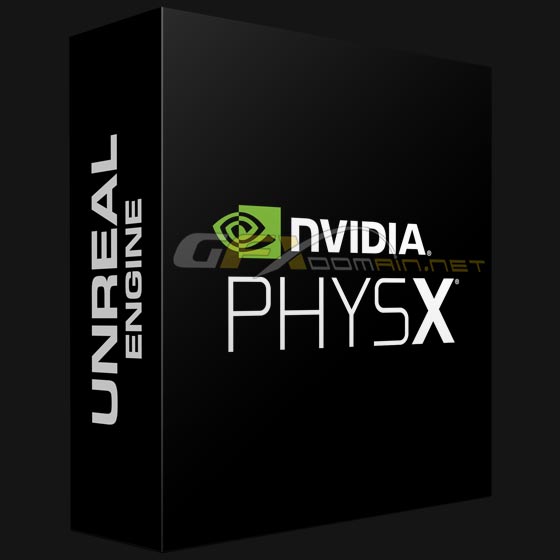
PhysX support for vehicles has been significantly reworked in 3.x. In place of the NxWheelShape class of 2.8.x, a more optimal integration of the core PhysX SDK and vehicle simulation code has been developed. More specifically, the vehicles component now sits outside the core SDK in a manner similar to PhysXExtensions. This change allows vehicles to be updated in a single pass as well as promoting a more intuitive approach to vehicle modelling data. Vehicles support has been extended from the suspension/wheel/tire modelling of 2.8.x to a more complete model that couples modular vehicle components including engine, clutch, gears, autobox, differential, wheels, tires, suspensions, and chassis. A quick glance at the data structures in PxVehicleComponents.h will provide a flavour of the behaviors supported by PhysX vehicles.
The vehicle SDK can be thought of as having two separate components: the core vehicle SDK and an optional set of utility classes and functions that are provided as a reference solution to common problems in game vehicle dynamics. The utility classes and functions may be found in PxVehicleUtilControl.h, PxVehicleUtilSetup.h, and PxVehicleUtilTelemetry.h, while the remaining files make up the core vehicle SDK. It is important to note that these utility classes are provided only as an example solution to common game vehicle problems. It is quite possible that many developers will be able to use these utility classes directly without modification. However, it is expected that many developers will use these classes as a starting point for integrating the physx core vehicle SDK with gameplay code. An example might be the code that filters the raw inputs from a gamepad controller in order to generate meaningful acceleration, brake and steer values that can be passed to the core SDK. The implementation provided might be unsuitable for some developers because it is written with specific assumptions about the kind of smoothing required to generate enjoyable gameplay. It is perfectly reasonable that some developers will consider these assumptions to be at odds with the gameplay requirements of their project. Developers who find themselves in this situation are invited to use the given implementation as a reference or even to independently develop an alternative if they wish. Other utility classes include data structures that record telemetry data in real time and helper functions to enable 3-wheeled cars.
Download Links:-

Unreal_Engine_-_Nvidia_PhysX_WaveWorks.part1.rar
Unreal_Engine_-_Nvidia_PhysX_WaveWorks.part2.rar
Mirror :-

Unreal Engine – Nvidia PhysX WaveWorks.part1.rar
Unreal Engine – Nvidia PhysX WaveWorks.part2.rar
Mirror :-

http://www.filefactory.com/file/3r8dtpycdivx/n/Unreal_Engine_-_Nvidia_PhysX_WaveWorks.part1.rar
http://www.filefactory.com/file/1u37hp3p101n/n/Unreal_Engine_-_Nvidia_PhysX_WaveWorks.part2.rar


hi
this article:Nvidia PhysX Vehicles
with Nvidia PhysX WaveWorks
download files is swaping .
plz check it
thanks